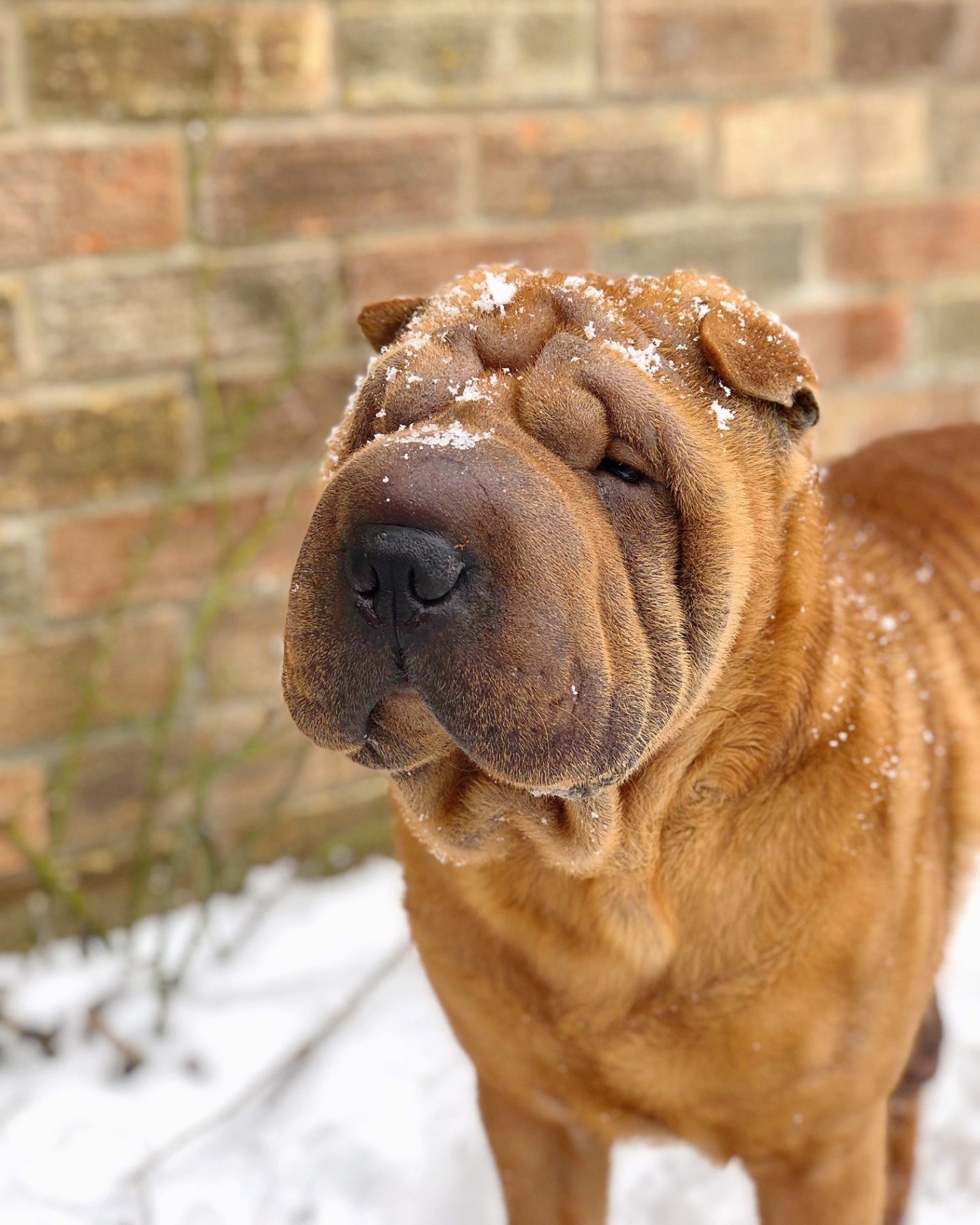Going on a long cross-country drive with your dog can be one of the most exciting things you’ll do all year. You’re likely looking forward to exploring new places and create lasting travel memories with your beloved pet.
But just like how long car rides can get uncomfortable for human passengers, your dog may need some extra comfort or attention after a while. Long hours spent in motion, as well as in a cramped space, could make them anxious or restless. Knowing that, you’ll want to put in the extra effort to ensure their well-being throughout your drive.
Whether or not it’s your first time bringing your dog along for a road trip, consider these tips for keeping your furry friend happy and relaxed throughout your journey:
1) Prioritize Their Safety
When taking your dog out on a long road trip, remember that their safety must be your top priority. Keep your dog restrained in the back seat for the duration of the ride to minimize their movementand reduce their risk of injury during sudden stops or turns. Securing your dog in the back will also prevent them from jumping to the front seat and distracting you, allowing you to focus on driving safely.
For best results, invest in a travel-safe crate that your dog can fit in. You can also buy a dog seat belt and make your dog wear a harness in addition to their martingale collars or other types of dog collars. The other end of the dog seat belt can be linked to your car backseat’s belt, securing your dog while also giving them a little room to move around in the back.
2) Prepare Your Dog for the Drive
You’ll also want your dog to be in tip-top condition before the journey, as this will set the foundation for a successful and enjoyable trip for both of you. Make sure you prepare them for thelong drive by taking them for a walk to relieve themselves and help them expend their energy. Doing so will also ensure that they’re a little more relaxed once the car is moving.
Refrain from feeding your dog a full meal right before your journey to prevent motion sickness or an upset stomach. Instead, offer them a light snack a few hours before your departure, along with a few sips of water.
It’s wise to arrange a pre-travel visit to your veterinarian to make sure your dog is OK to travel. Have your vet perform a quick health check, update your dog’s vaccinations, and prescribe any necessary medications to make traveling easier on your dog.
3) Pack Essential Pet Supplies
Similar to how you bring your own essentials whenever you go out for a long cross-country drive, make sure your dog’s essentials are complete. Pack sufficient amounts of your dog’s regular food, treats, medications, waste disposal bags, and grooming supplies. An extra dog collar and leash will also come in handy in case the current ones break.
Consider adding familiar items, like your dog’s favorite toys and a comforting blanket, to your checklist too. These items contain the scent of home, which will provide your dog with a sense of safety and security amid the unfamiliar setting of the car.
4) Plan the Route Ahead
Mapping out your route with your dog’s well-being in mind will ensure a stress-free and enjoyable journey. Before you set off, identify rest areas, parks, and pet-friendly accommodations along your route. Mark these spots on your map and plan several pit stops beforehand.
Incorporating these pauses into your itinerary will provide your dog with opportunities to stretch their legs, play, take care of their bathroom needs, and engage with their surroundings.
5) Maintain a Regular Feeding Schedule
Proper nourishment and hydration are essential for your dog’s health and comfort throughout the trip. That being said, remember to stick to your dog’s regular feeding schedule to prevent stomach upsets. Instead of their usual serving size, however, opt for light and easily digestible meals. These will reduce the likelihood of motion sickness and your dog vomiting in the car.
Apart from giving them food, offer your dog water during breaks to keep them well-hydrated. When you do, use spill-proof bowls or water bottles for a mess-free drinking experience in the car. Avoid excessive water intake if you don’t want your dog to go on frequent potty breaks.
6) Create a Stress-Free Environment Inside the Car
Some dogs actively enjoy car rides, while others can get anxious because they’re not used to them. If your dog is the latter, help them feel more at ease by keeping them entertained.
Give them some interactive toys or puzzles to play with to keep them occupied and make the journey more enjoyable. Consider offering your dog some chew toys too, so that they can nibble on those instead of your car seat.
You should also make sure that your vehicle is adequately ventilated or heated as required. Comfortable temperatures and proper airflowshould help your dog relax and encourage them to sleep throughout the ride.
Taking your dog along on a cross-country drive can be a rewarding experience for the both of you, deepening your bond. If you’ve got one coming up, take the time to plan, pack essential items, and ensure your dog’s needs are met as mentioned above. Not only will this guarantee a wonderful driving experience for your upcoming trip—it will also set the stage for exciting road adventures together in the future.




